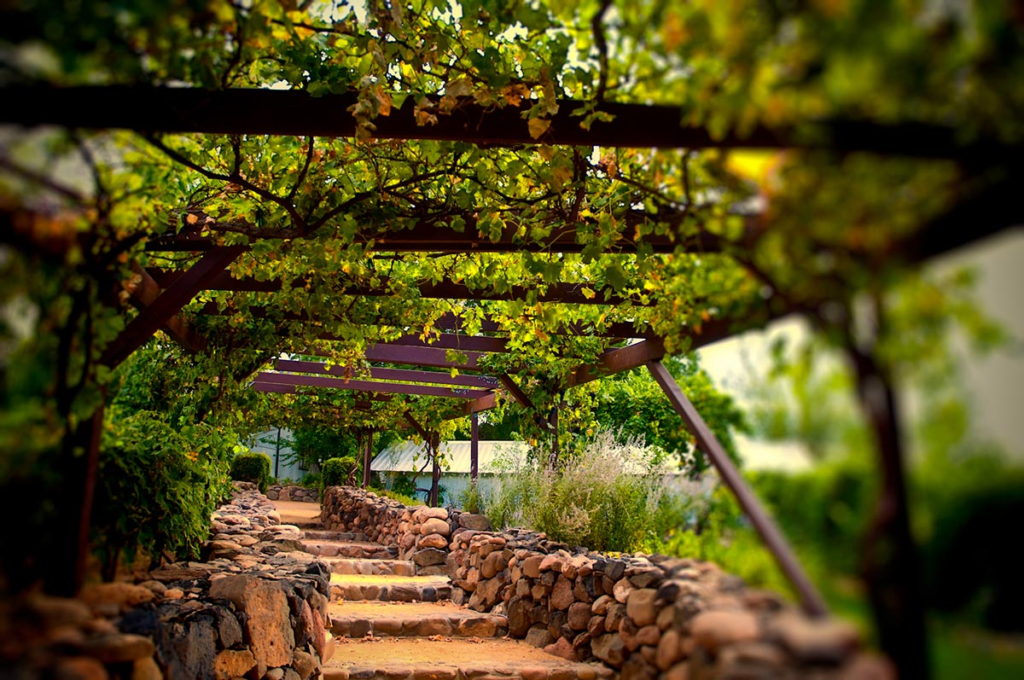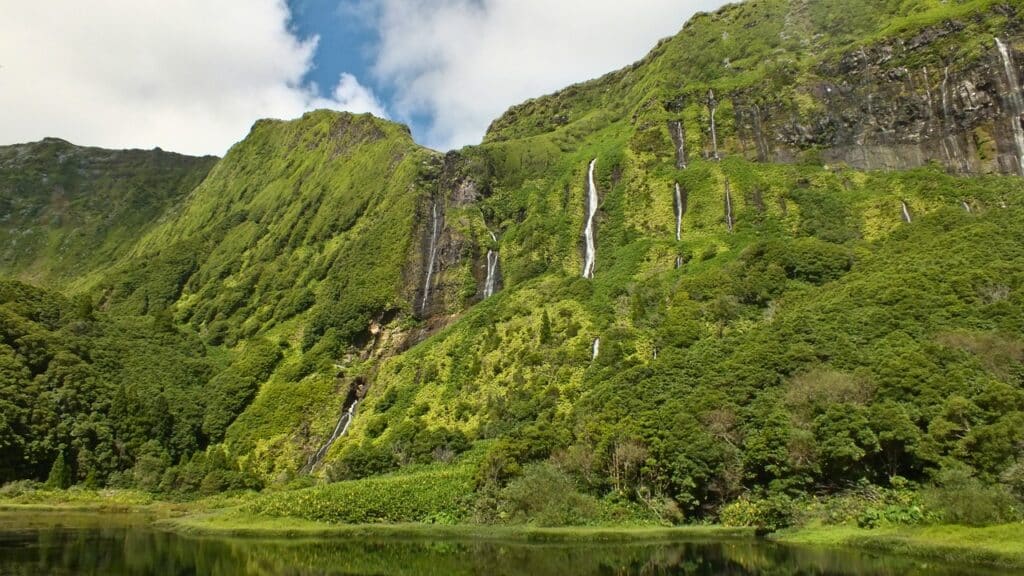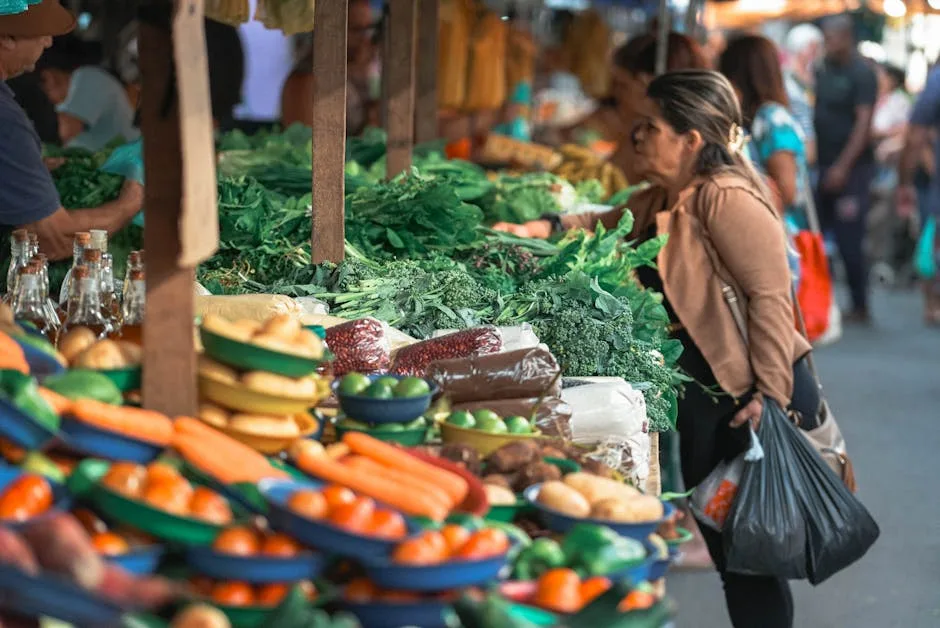The interior of São Paulo, often overshadowed by the bustling metropolitan life of its capital city, offers a unique blend of natural beauty, historical richness, and cultural vibrancy. This expansive region, characterized by its picturesque rural landscapes, charming historical towns, and abundant eco-tourism opportunities, is a treasure trove waiting to be explored. Whether you are an avid history buff, a nature enthusiast, or simply seeking a serene escape from urban life, the interior of São Paulo has something to captivate every traveler.
One of the most striking features of the interior region is its diverse geography. Rolling hills, verdant valleys, and pristine rivers create an idyllic backdrop that beckons visitors to immerse themselves in nature. This area is also home to numerous state parks and natural reserves, offering a plethora of outdoor activities such as hiking, bird watching, and camping. The lush landscapes not only provide a tranquil retreat but also serve as a reminder of Brazil’s rich biodiversity.
In addition to its natural allure, the interior of São Paulo is steeped in history and culture. Towns like Campos do Jordão, Piracicaba, and Itu boast well-preserved colonial architecture, historical landmarks, and vibrant local traditions. These towns offer a glimpse into Brazil’s past, with museums, churches, and historical sites that narrate the story of the region’s development. The local festivals and culinary delights further enrich the cultural experience, making every visit a journey through time.
Eco-tourism is another significant draw for the interior of São Paulo. The region’s commitment to sustainable tourism practices ensures that visitors can enjoy its natural wonders without compromising their conservation. From exploring the caves of PETAR (Parque Estadual Turístico do Alto Ribeira) to embarking on scenic train rides through the countryside, eco-tourism activities provide a perfect blend of adventure and education.
The interior of São Paulo is a destination that promises to enchant and inspire. Its unique combination of natural beauty, historical depth, and cultural vibrancy makes it a must-visit for anyone looking to experience the diverse facets of Brazil. As we delve deeper into some of the best places to visit in this region, prepare to be amazed by the hidden gems that await in the heart of São Paulo.
Farm Hotels: A Rustic Retreat
Nestled in the heart of the interior of São Paulo, farm hotels, or hotéis fazenda, offer a unique blend of rustic charm and modern comfort. These accommodations provide an immersive experience, allowing visitors to connect with nature while enjoying a variety of amenities and activities. Farm hotels are a perfect escape for those seeking tranquility and authentic Brazilian hospitality.
Among the best farm hotels in the region is Fazenda Capoava, located in Itu. This historic estate offers cozy chalets, each equipped with modern conveniences while retaining their rustic allure. Guests can participate in horseback riding, explore scenic trails, or try their hand at fishing in the estate’s private lake. Another notable mention is Hotel Fazenda Mazzaropi in Taubaté, which features extensive recreational facilities, including a water park, petting zoo, and various sports courts, making it an ideal destination for families.

The experience at these farm hotels is enriched by an array of engaging activities. Farm tours provide an opportunity to learn about the daily operations of a working farm, from milking cows to harvesting crops. Horseback riding through verdant landscapes offers a peaceful way to explore the surroundings, while fishing provides both relaxation and excitement. These activities are designed to cater to all ages, ensuring a memorable stay for every guest.
Culinary experiences are a highlight of staying in a farm hotel. Guests can savor traditional Brazilian cuisine, with many ingredients sourced directly from the farm. Freshly baked bread, homemade cheese, and a variety of regional dishes are typically served in a communal dining setting, fostering a sense of community among guests. The emphasis on locally sourced, farm-to-table meals not only ensures freshness but also supports sustainable practices.
In essence, farm hotels in the interior of São Paulo offer a distinctive retreat, combining the simplicity of rural life with the comforts of modern amenities. Whether you seek adventure or relaxation, these rustic havens promise a rejuvenating and culturally enriching experience.
Natural Wonders: Parks and Reserves
The interior of São Paulo, Brazil, is a treasure trove of natural wonders, boasting a myriad of parks and nature reserves that cater to both adventurers and nature enthusiasts. Among the most renowned natural attractions is the Serra da Mantiqueira, a mountain range that stretches across three states, including São Paulo. This region is celebrated for its breathtaking landscapes, dense forests, and diverse flora and fauna. Visitors can explore numerous hiking trails that wind through the mountains, offering panoramic views and the opportunity to witness the region’s rich biodiversity. The Pico dos Marins and Pedra do Baú are particularly popular hiking destinations, each offering unique challenges and stunning vistas.

Another gem in the interior of São Paulo is the Parque Estadual Turístico do Alto Ribeira (PETAR). Known for its impressive collection of limestone caves, PETAR is a haven for spelunkers and eco-tourists alike. The park features over 300 caves, with some of the most notable being the Casa de Pedra, which boasts one of the largest cave entrances in the world, and the Caverna do Diabo, famous for its intricate rock formations. In addition to caving, PETAR offers visitors the chance to experience pristine waterfalls, such as the Cachoeira do Meu Deus, and a variety of hiking trails that meander through lush Atlantic Forest, home to several endangered species.
For those keen on eco-tourism, responsible travel practices are essential to preserving these natural wonders. Visitors are encouraged to stay on marked trails, avoid disturbing wildlife, and adhere to the principles of “leave no trace” to minimize their impact on the environment. Many parks and reserves offer guided tours led by local experts, which not only enhance the experience but also ensure that the natural habitats remain protected. By embracing sustainable tourism, travelers can enjoy the natural beauty of São Paulo’s interior while contributing to the conservation of these invaluable ecosystems.
Historical Towns and Cultural Heritage
The interior of São Paulo, Brazil, is a treasure trove of historical towns and cultural heritage, offering a unique glimpse into the region’s rich history and traditions. Among these towns, Campos do Jordão, São Luiz do Paraitinga, and Itu stand out for their historical significance, architectural beauty, and vibrant cultural festivals.
Campos do Jordão, often referred to as the “Brazilian Switzerland,” is renowned for its European-style architecture and cool climate. The town’s historical significance is reflected in its well-preserved buildings, many of which date back to the early 20th century. Visitors can explore the Amantikir Gardens, a stunning botanical park, and the Felícia Leirner Museum, which showcases contemporary Brazilian art. The best time to visit Campos do Jordão is during the winter months of June to August when the town hosts its famous Winter Festival, featuring classical music performances and various cultural events.

São Luiz do Paraitinga, with its colonial architecture and cobblestone streets, offers a journey back in time. This town is known for its traditional festivals, particularly the Festa do Divino and the Carnival of São Luiz do Paraitinga, which are celebrated with music, dance, and colorful parades. The town’s cultural heritage is also evident in its local crafts, such as handmade embroidery and ceramics. For those interested in experiencing the town’s cultural vibrancy, the ideal time to visit is during these festivals, typically held in May and the Carnival season.
Itu, often called the “cradle of the Brazilian Republic,” is home to numerous historical landmarks, including the Igreja Matriz Nossa Senhora da Candelária and the Museu Republicano. The town’s architectural beauty is complemented by its large-scale monuments, which have become a symbol of local pride. Itu’s cultural heritage is celebrated through various events such as the Festa Italiana, which highlights the town’s Italian influences, and the Festival de Artes de Itu, showcasing local artists and performers. The optimal time to visit Itu is during these cultural events, offering visitors a deeper understanding of the town’s rich history and traditions.
Exploring these historical towns in the interior of São Paulo provides a unique opportunity to immerse oneself in the cultural heritage of Brazil. Whether it is through architectural marvels, vibrant festivals, or traditional crafts, these towns offer a captivating glimpse into the past and present of the region.
Adventure Activities: Thrills and Excitement
The interior of São Paulo, Brazil, offers an array of adventure activities that cater to thrill-seekers and outdoor enthusiasts. Whether you’re a fan of soaring through the sky or navigating turbulent waters, the region has something for everyone.
One of the standout activities is zip-lining. São Paulo’s interior boasts numerous locations where you can experience the rush of speeding through the treetops. The city of Brotas is renowned for its zip-lining courses that offer breathtaking views of the lush landscape below. Companies such as Território Selvagem Canoar provide well-maintained equipment and experienced guides to ensure a safe and exhilarating experience.
For those who crave the sensation of flight, paragliding is another popular activity. The town of Atibaia is a hotspot for paragliders, thanks to its favorable wind conditions and stunning scenery. Local operators like Atibaia Fly offer tandem flights for beginners and solo flights for more experienced flyers, with comprehensive safety briefings and high-quality gear.
White-water rafting is perfect for adventure enthusiasts who prefer water-based activities. The Jacaré Pepira River in Brotas is a prime location for this thrilling sport. With varying degrees of difficulty, the river caters to both novices and seasoned rafters. Reputable service providers, such as Alaya, ensure participant safety with professional guides and state-of-the-art equipment.
Mountain biking is another exciting way to explore the interior of São Paulo. Trails in Campos do Jordão and Serra da Mantiqueira offer challenging terrains and scenic routes for bikers of all levels. Companies like Zoom Bike Park provide rental bikes and guided tours, making it easy to embark on your mountain biking adventure.
When engaging in these activities, safety is paramount. Participants should always use appropriate gear, listen to instructions from certified guides, and be aware of their own physical limitations. By taking these precautions, you can fully enjoy the thrills and excitement that the interior of São Paulo has to offer.
Wine and Coffee Tours: A Taste of São Paulo
The interior of São Paulo is a treasure trove for enthusiasts of wine and coffee, offering an immersive experience into the world of these beloved beverages. Renowned for its fertile soil and favorable climate, the region boasts numerous vineyards and coffee plantations, each providing a unique glimpse into the artistry and tradition behind their production.
Among the most notable vineyards is the São Roque Wine Route, situated just a few hours from São Paulo city. Here, visitors can explore a series of family-owned wineries, each offering guided tours that delve into the intricacies of viticulture and vinification. Tastings are a highlight, allowing guests to savor a variety of wines, from robust reds to crisp whites, all crafted with meticulous care. The region’s wine industry not only contributes significantly to the local economy but also preserves a rich cultural heritage that dates back centuries.

Equally captivating is the coffee culture in the interior of São Paulo. Coffee plantations, such as those in the Alta Mogiana region, are celebrated for producing some of the finest beans in the world. Visitors can embark on tours that reveal the meticulous process of coffee cultivation, from bean to cup. These tours offer a comprehensive view of the harvesting, drying, and roasting stages, often culminating in a tasting session where one can appreciate the complex flavors and aromas of freshly brewed coffee. The coffee industry remains a cornerstone of the region’s economy, fostering employment and sustaining local communities.
Both wine and coffee tours in São Paulo’s interior offer more than just tastings; they provide educational experiences that deepen appreciation for these industries. By engaging with the local producers, visitors gain insight into the dedication and passion that drive these time-honored traditions, making these tours a must for anyone looking to explore the flavors and culture of São Paulo.
Local Cuisine: Gastronomic Delights
The interior of São Paulo, Brazil, is a treasure trove of culinary delights that reflect the rich cultural tapestry of the region. The local cuisine is characterized by an array of traditional dishes, crafted from unique ingredients that are often sourced from the fertile lands of São Paulo’s countryside. An exploration of this gastronomic landscape reveals a myriad of flavors that are sure to captivate the taste buds of any food enthusiast.
One of the standout dishes in the region is the Virado à Paulista, a hearty meal that typically includes rice, pork chops, sautéed collard greens, and a flavorful bean stew. This dish, deeply rooted in the local culture, is a must-try for anyone visiting the interior of São Paulo. Another local specialty is the Leitão à Pururuca, a succulent roast suckling pig with crispy skin, often served during festive occasions and family gatherings.
Food markets in cities like Campinas and Ribeirão Preto offer a glimpse into the vibrant food culture of the region. The Municipal Market of Campinas, for instance, is a bustling hub where visitors can sample fresh produce, artisanal cheeses, and an array of traditional snacks. These markets are perfect for those looking to immerse themselves in the local culinary scene and perhaps even pick up some ingredients to try their hand at traditional recipes.
For those who prefer dining out, there are numerous restaurants that showcase the best of São Paulo’s interior cuisine. Establishments like Bar do Alemão in Itu and Churrascaria Coxilha dos Pampas in São José do Rio Preto offer an authentic dining experience, with menus that feature both classic and contemporary takes on regional dishes. Additionally, culinary festivals such as the “Festival Gastronômico de Tiradentes” provide an excellent opportunity to sample a wide variety of local flavors and engage with the community’s culinary heritage.
Ultimately, the interior of São Paulo is a haven for food lovers, offering a delightful journey through its rich and diverse culinary traditions. Whether dining at renowned restaurants, exploring vibrant food markets, or participating in local festivals, visitors are sure to find a plethora of gastronomic delights that celebrate the unique flavors of this remarkable region.
Practical Tips for Travelers
When planning a visit to the interior of São Paulo, Brazil, timing is crucial. The best times to visit are during the dry months from April to September, when the weather is most pleasant and conducive to outdoor activities. Avoid the rainy season from October to March, as heavy rains can disrupt travel plans and limit access to some attractions.
Transportation in the interior of São Paulo is diverse. While renting a car offers flexibility and convenience, especially for exploring remote areas, public transportation such as buses and trains are also viable options. Major towns are well-connected by an extensive bus network, and trains provide a scenic alternative for longer journeys. Ensure to book tickets in advance during peak seasons to secure your preferred mode of transport.
Accommodation options range from budget hostels to luxury resorts, catering to various preferences and budgets. Pousadas, or guesthouses, offer a unique experience with personalized service and local charm. Booking accommodations ahead of time, particularly in tourist hotspots, ensures availability and often better rates.
Packing essentials include lightweight clothing for warm days, layers for cooler evenings, and waterproof items for potential rain. Comfortable walking shoes are a must for exploring natural attractions. Don’t forget insect repellent, sunscreen, and a hat to protect against sun exposure. A basic first-aid kit and any personal medications are also advisable.
Health and safety considerations are paramount. Ensure vaccinations are up-to-date, and drink only bottled or filtered water to avoid stomach issues. Stay informed about local health advisories and practice general safety precautions, such as avoiding isolated areas at night and keeping valuables secure. It is also wise to have travel insurance that covers medical emergencies and trip cancellations.
For additional resources, consult reputable travel guides and local tourism websites. Sites such as Visit Brasil and São Paulo Turismo provide comprehensive information on attractions, events, and travel tips. Utilizing these resources will enhance your trip planning and ensure a memorable visit to the interior of São Paulo.






